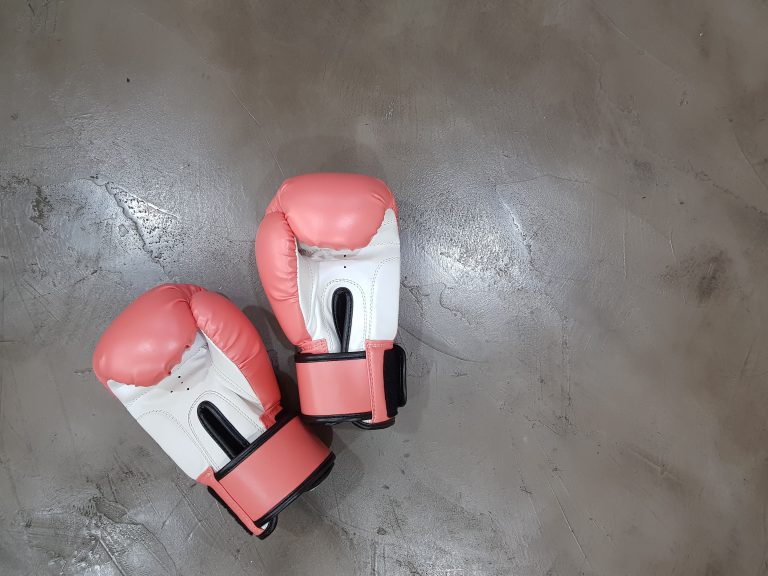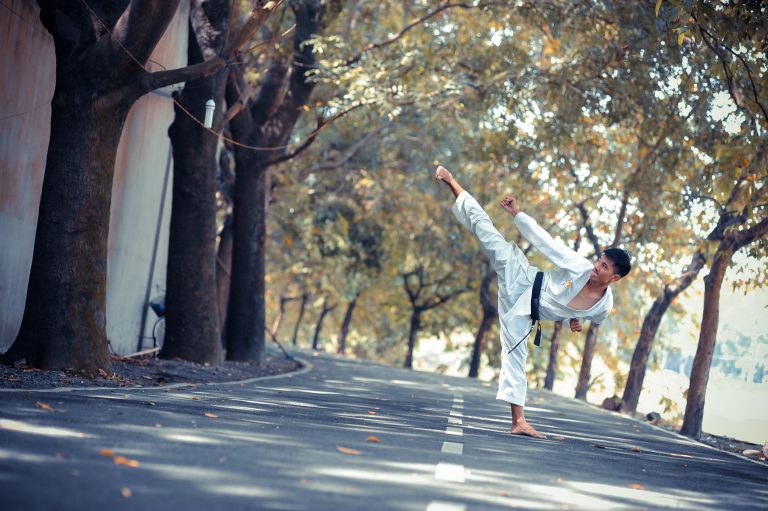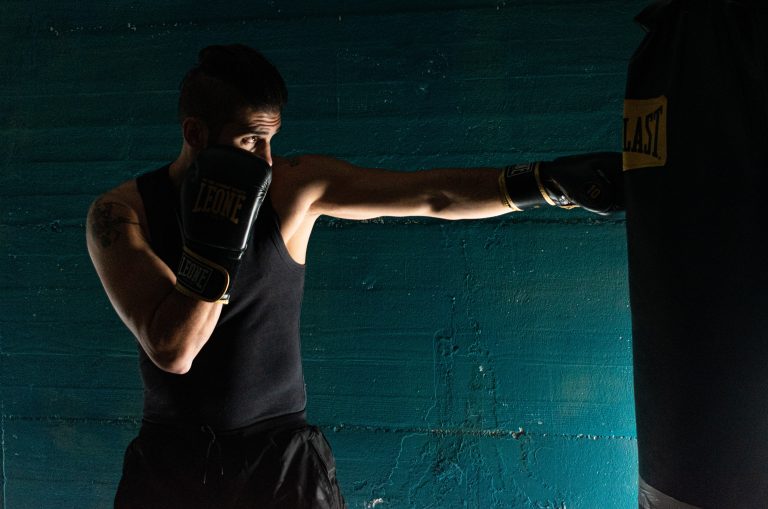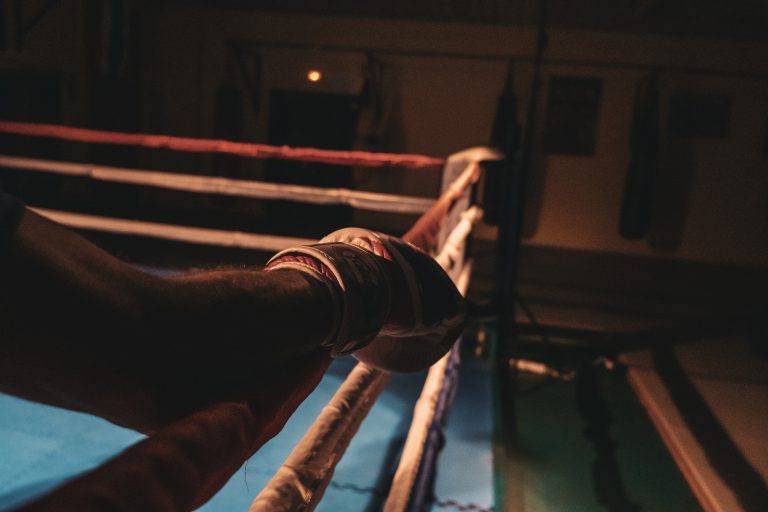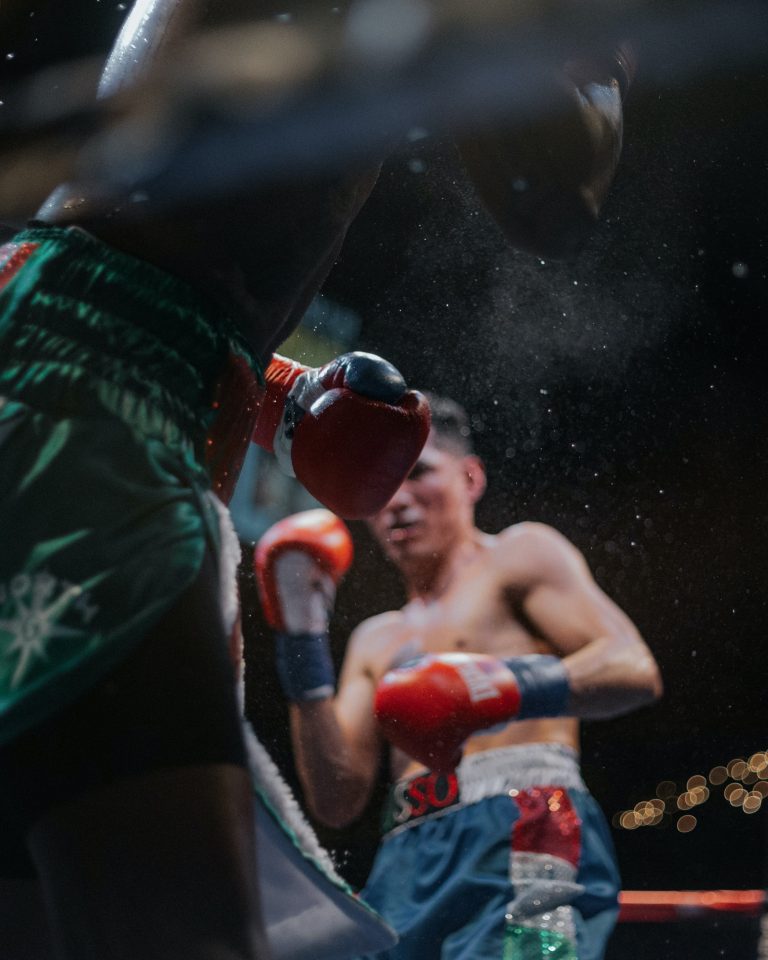Karate and the Art of Fighting: An Introduction
Karate is a martial art that originated in Okinawa, Japan, in the early 20th century. It is known for its powerful and efficient striking techniques, as well as its emphasis on discipline and self-control.
Karate is more than just a sport or a means of self-defense; it is an art form that requires years of dedicated practice and training to master. In this article, we will explore the history and philosophy of karate, as well as its basic techniques.
A Brief History of Karate
The origins of karate can be traced back to the Ryukyu Islands (modern-day Okinawa) in the 17th century. At the time, inhabitants of these islands were not allowed to carry weapons or engage in warfare, so they developed a form of hand-to-hand combat called “te,” which means “hand” in Okinawan.
Over the years, “te” evolved into various styles and systems, including Shuri-te, Naha-te, and Tomari-te. In the early 20th century, karate was introduced to Japan by Gichin Funakoshi, who founded the Shotokan style.
Today, karate is practiced all over the world and includes several different styles and systems, each with its own unique techniques and philosophies.
The Philosophy of Karate
At its core, karate is about more than just physical training; it is also a way of life. Karate practitioners are taught to cultivate discipline, self-control, and respect, both for themselves and for others.
One of the most important tenets of karate is the concept of “karate-do,” which means “the way of karate.” This philosophy emphasizes the importance of continual self-improvement and the pursuit of excellence, both inside and outside of the dojo.
Basic Techniques of Karate
Karate is known for its powerful and efficient striking techniques, many of which are designed to target vulnerable areas of the body. Some of the most common techniques include:
– Punches: Karate punches are quick and powerful, often aimed at the upper body, including the head, neck, and chest.
– Kicks: Karate kicks are fast and low, designed to strike the legs or the lower body.
– Blocks: Karate blocks are used to deflect incoming attacks, often by using the arms or legs to protect vulnerable areas.
– Grappling: Some styles of karate include grappling techniques, which involve joint locks, throws, and submission holds.
Conclusion
Karate is a fascinating martial art with a rich history and philosophy. Whether you’re interested in self-defense, physical fitness, or personal development, karate can be a rewarding and challenging pursuit.
If you’re interested in learning more about karate, consider trying a class at your local dojo. With dedication and hard work, you may one day master the art of karate and all of its techniques and philosophies.
Frequently Asked Questions about Karate and the Art of Fighting: An Introduction
Karate has been around for centuries and has evolved to become a popular form of martial arts in the modern age. It is a system of martial arts that focuses on using quick, powerful strikes to defeat opponents. In this blog post, we will answer some of the most frequently asked questions about karate and the art of fighting.
1. What is Karate?
Karate is a traditional Japanese martial art that originated on the island of Okinawa. It is a form of unarmed combat that involves striking, blocking, and grappling techniques. The word „karate“ actually means „empty hand,“ which refers to how karate practitioners use only their body as a weapon.
2. What are the benefits of learning Karate?
Karate has many benefits for those who practice it. It is a great form of exercise that improves cardiovascular health, strength, flexibility, and coordination. Karate also teaches discipline, respect, and focus, which can lead to improved academic performance and work productivity. Additionally, karate training can improve self-defense skills, which can increase confidence and personal safety.
3. What are the different styles of Karate?
There are many different styles of karate, each with its own techniques and traditions. Some of the most popular styles include Shotokan, Goju-Ryu, Wado-Ryu, and Shito-Ryu. Shotokan karate is known for its powerful strikes, while Goju-Ryu karate focuses on circular movements and joint locks. Wado-Ryu karate emphasizes the use of body movement and footwork, while Shito-Ryu karate combines elements of both hard and soft techniques.
4. Is Karate a competitive sport?
Yes, Karate is a competitive sport that is recognized by the International Olympic Committee. Competitive karate involves sparring, where two practitioners try to strike each other with punches, kicks, and other techniques. Points are awarded for successful strikes, and the practitioner with the most points at the end of the match wins. There are also kata competitions, where practitioners perform a choreographed sequence of karate techniques.
5. Is Karate dangerous?
Like any contact sport, there is always a risk of injury in karate. However, karate is generally considered to be a safe sport when proper training techniques are used. Practitioners are taught how to strike and block effectively, and protective gear is used to minimize the risk of injury during sparring. Additionally, karate tournaments often have strict rules and regulations regarding contact and safety.
6. How long does it take to become proficient in Karate?
The amount of time it takes to become proficient in karate can vary depending on the style and the individual’s training regimen. Generally, it takes several years of consistent training to become proficient in karate. However, proficiency is a relative term as practitioners continue to learn and grow throughout their karate journey.
7. Do I need any special equipment to practice Karate?
To practice karate, you will typically need a karate uniform (gi) and a belt that indicates your rank. Additionally, you may want to invest in protective gear such as gloves, shin guards, and headgear for sparring. Some practitioners also use weapons such as bo-staffs or nunchucks in their training, but these are usually provided by the instructor for classroom use.
Conclusion
Karate is a rewarding form of martial arts that offers many benefits. From improving physical fitness to developing discipline and focus, there are many reasons to explore the art of karate. Whether you are interested in competition or simply seeking self-improvement, karate has something to offer everyone.
Inhaltsverzeichnis

